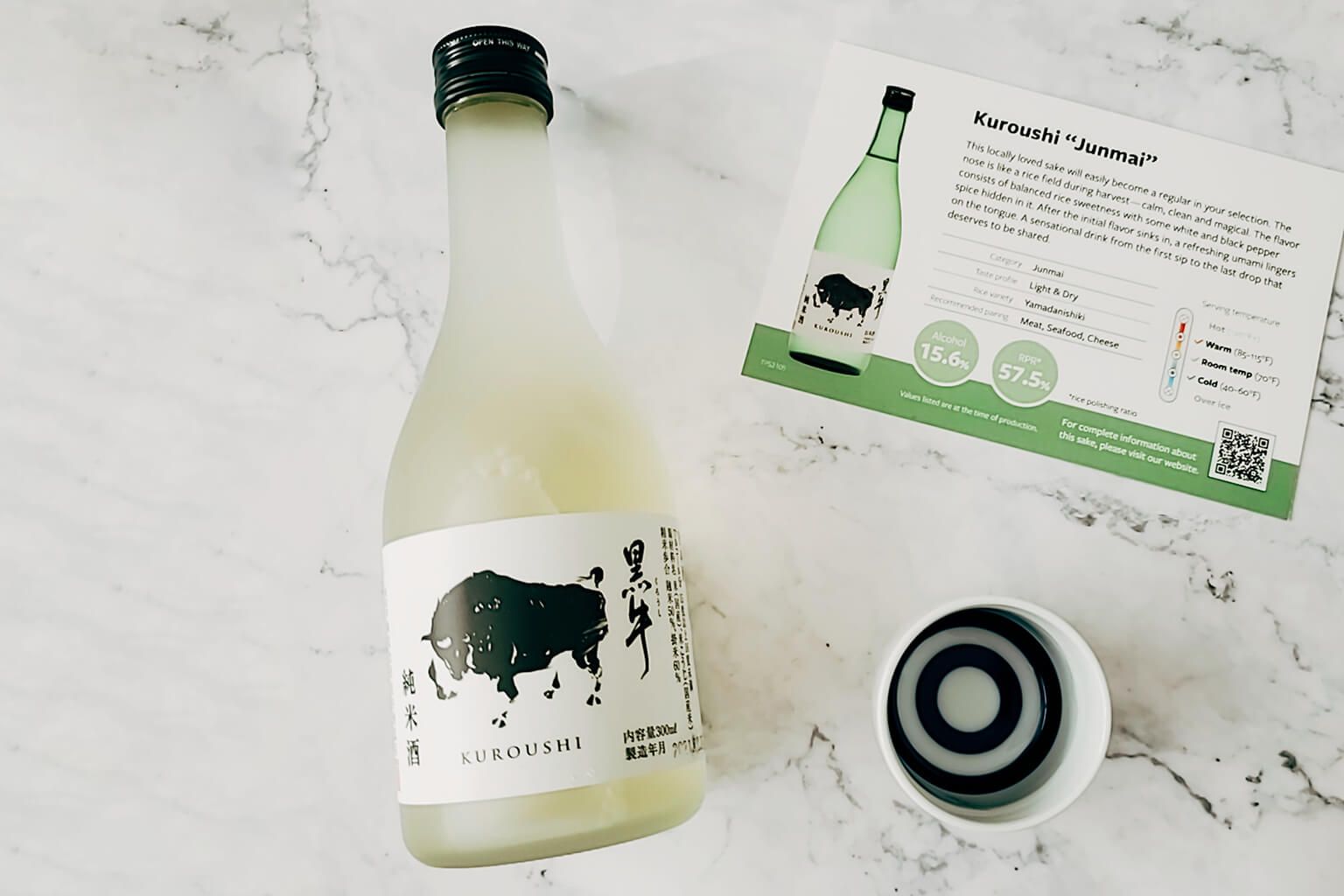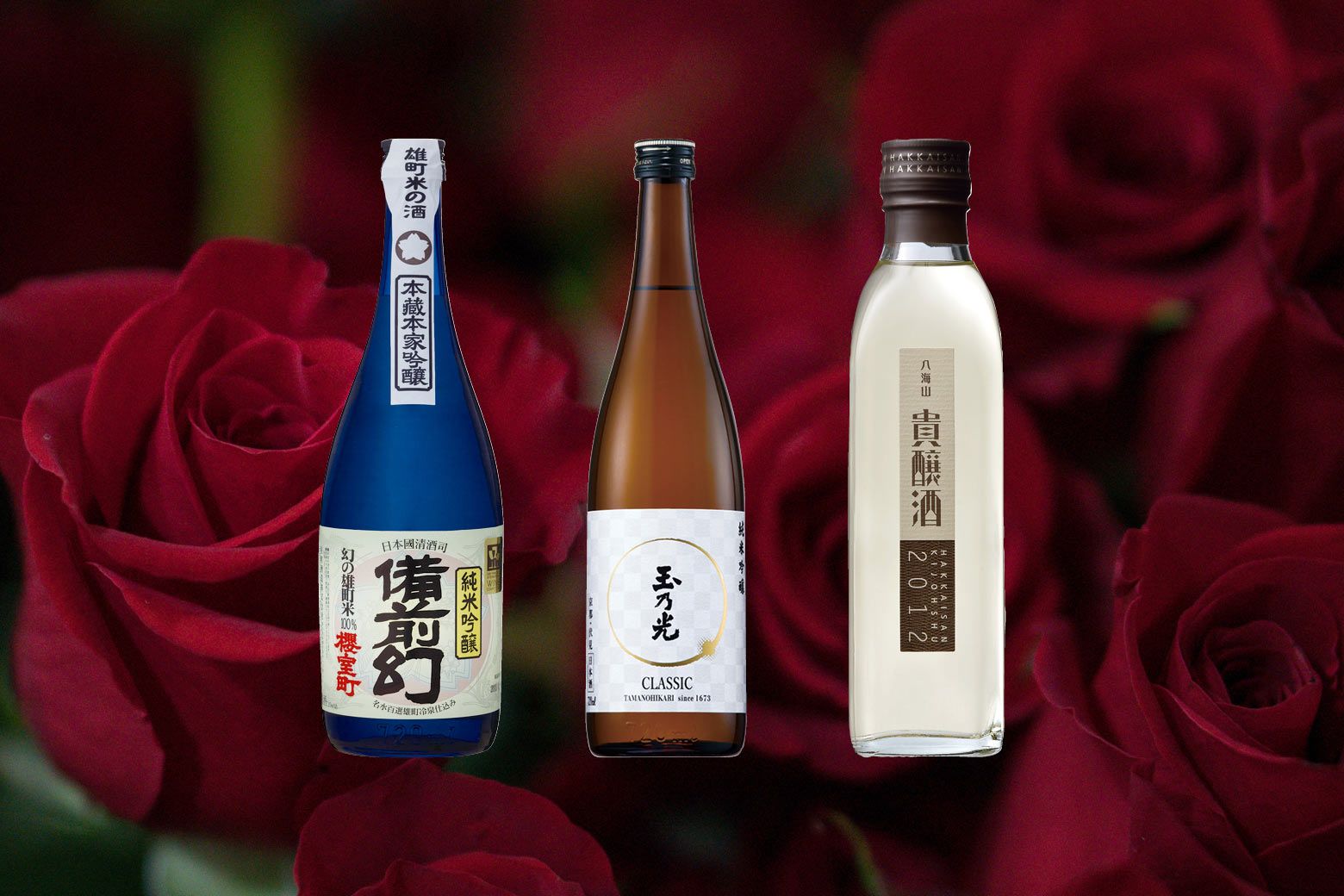The next best thing to actually being in Japan is eating really good Japanese food with sake in hand. There is something so comforting and satisfying about savory, umami flavors accompanied with the country’s “rice wine.” If I could be at a sake bar or izakaya three times a week, that’s where you would find me, but I live in the ‘burbs outside of Washington, D.C., and as much as I crave for it, traffic keeps me local.
Thanks to Tippsy, however, I have been able to fully enjoy an array of sake without having to venture too far. Different occasions and palates call for different tastes. Some days call for anything yuzu and others suggest something more complex and adventurous. Thus, we thought, Why not setup a sake bar at home? It’s very easy to start and grow a collection of sake just as one would for wine.
Here are a few ideas to setting up a sake bar at home:
1. Get it out of the kitchen!
Storing sake in the kitchen leaves it vulnerable to strong smells and extreme temperatures. It’s also easy to forget in the chaos of a midweek meal prep. Not that it couldn’t serve as a nightcap, but sake is so versatile and food-friendly that it ought to be enjoyed with meals more often! We keep our sake in a tray on a designated shelf in the dining room where it’s visible but protected from anything that could affect its taste and quality.
The bottles themselves are so unique and attractive to our guests that they naturally become a talking point in our conversations. Note that while most sake can be kept at room temperature, other delicate sake must be refrigerated. Read how to properly store sake in our Sake Guide.
2. Serve in style
Experts and enthusiasts profess that the type, size, and shape of a drinking vessel can influence the taste of sake. I completely agree! Just as one wouldn’t use a flute glass for a cognac, the same concept applies to sake.
The most popular sake sets feature a tokkuri and choko. A tokkuri is a decanter, no more than a few inches tall, that is typically made of ceramic, with a triangular lip. Choko are small cups with no handles.
Ceramic vessels are ideal for warm/hot sake, and glass vessels are best for chilled sake. We also have a pair of masu at home, which I adore for its cedar fragrance and reminder of romantic, traditional Japan. Sake vessels make excellent authentic souvenirs from Japan because they are designed to reflect the beauty of each region, but also provide a clear function. Iwate, for example, is known for lacquer cups and Nikko for cedar sets. Whatever your preference, there are hundreds of different styles available and sake popularity continues to grow. Riedel, the famous wine glass company, even made two special glasses for daiginjo and junmai sake. Read more about the importance of sake vessels in our guide.
3. A few bottles to your liking
You don’t need ten bottles to have an impressive sake bar. I like to keep three or four: something fruity like yuzu or plum; a “bridge” sake that appeals to the crowd (Fukuju “Blue” is my favorite!); a more complex versatile sake that can be enjoyed warm or chilled (see recommendations for best hot sake); and an expensive sake that we can indulge in for those special occasions!
I haven’t worked my way up to the most expensive sake yet but I’m looking forward to opening the bottle of HEAVENSAKE “Tatenokawa” Junmai Daiginjo at our next family gathering this Easter.
4. Be extra!
In Japan, it is said that sake tastes different every 5 degrees Celsius!
For warm/hot sake, use a warming vessel called a tanpo or chirori, a mini carafe usually made out of stainless steel or copper. Pour the sake in this warming vessel and let it heat up gradually in a warming bath. Use a sake thermometer (or digital thermometer) to monitor the sake until the desired temperature is reached. These two tools distinguish the sake enthusiast from the sake lover.
In warmer months, an ice bucket is a simple but elegant way to chill sake, especially if you’re outdoors. Read our guide on warming/chilling sake—and never, ever microwave sake unless there is no other option.
5. Tasting Guide
Just as one might have a book of cocktails to suit the bar, I like to have the Tippsy tasting card and a pocket-sized guide handy. Neither are text-heavy and both are helpful in understanding one’s unique palate and preferences for sake. After all, taste is subjective and the best sake is up to you!
Show us your sake setup @tippsysake!















